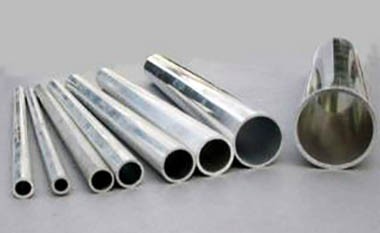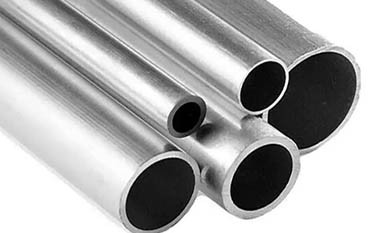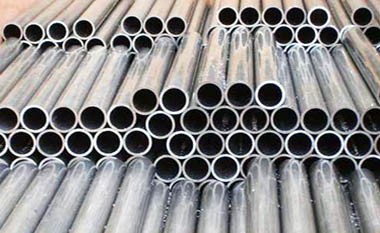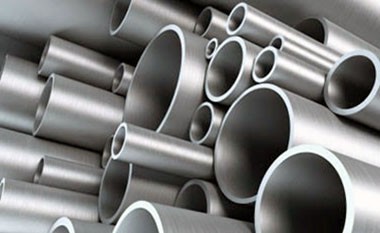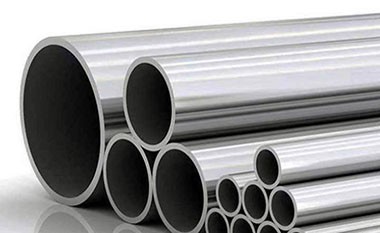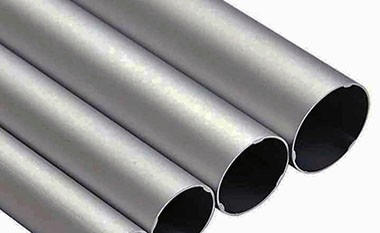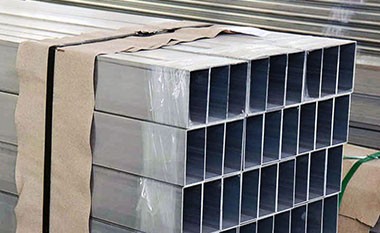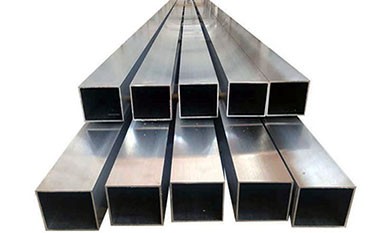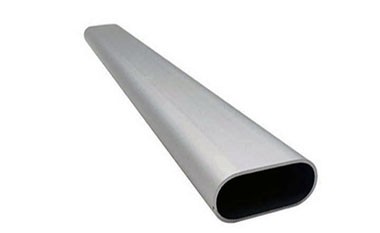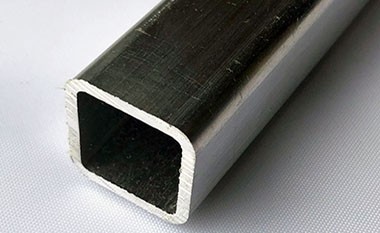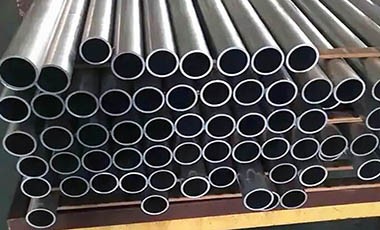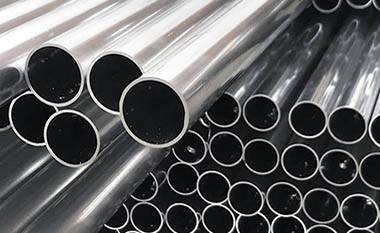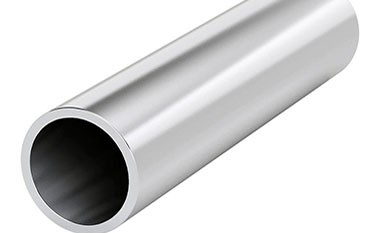Drawn Aluminum Tube
What is an aluminum drawn tube?
A Drawn Aluminum Tube is a type of aluminum alloy tubing that undergoes a cold working process. Initial extruded or welded aluminum tubes are further drawn to achieve precise dimensional tolerances, higher strength, smoother surface quality, and more uniform wall thickness.
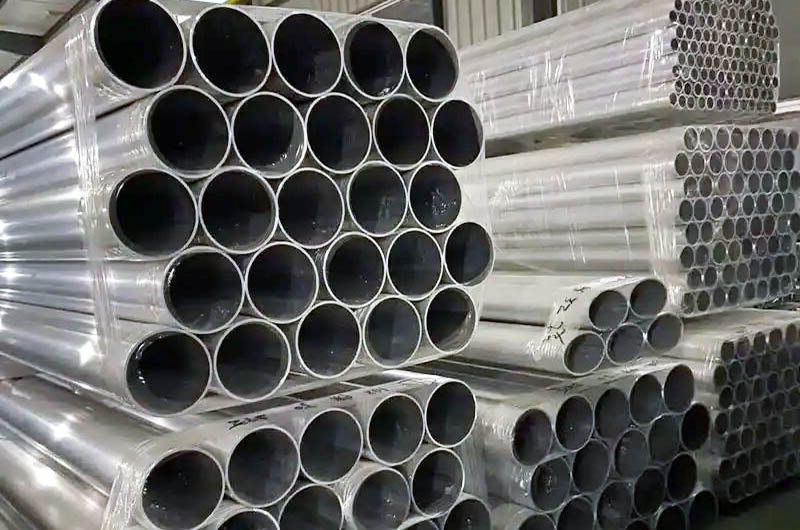
Characteristics of Drawn Aluminum Tube
- High Dimensional Accuracy: The precision drawing process significantly improves the uniformity of the inner and outer diameters and wall thickness. This ensures that the tube meets stringent application requirements.
- Excellent Surface Finish: After cold working, the surface of the Drawn Aluminum Tube becomes smoother. This superior surface finish enhances aesthetics and provides a solid foundation for subsequent coating or anodizing treatments, ensuring good adhesion.
- Superior Mechanical Properties: Cold-worked Drawn Aluminum Tubes exhibit excellent mechanical properties. Their high yield and tensile strengths make them suitable for various structural applications and capable of withstanding greater loads.
- Precise Wall Thickness Control: Ideal for producing thin-walled tubes, these tubes meet lightweight design requirements while maintaining necessary strength and rigidity. Accurate wall thickness control ensures performance is not compromised during weight reduction.
- High Process Adaptability: Drawn Aluminum Tubes have good processing adaptability, making them easy to weld, cut, and bend for secondary processing. This flexibility allows them to be used in diverse manufacturing and processing scenarios to meet various design needs.
- Excellent Corrosion Resistance: With anodizing treatment, the corrosion resistance of Drawn Aluminum Tubes is significantly enhanced. These tubes can effectively resist corrosion in various environments, extending their service life.
Common Shapes of Drawn Aluminum Tube
Round Drawn Aluminum Tube
Round tubes are the most common shape of aluminum tubes, featuring a uniform circular cross-section. They are widely used in structural supports, fluid conveyance, and mechanical components. Their strength and rigidity make them suitable for various engineering projects, and they are easy to process and connect.
Square Drawn Aluminum Tube
Square tubes have four equal sides and right-angled corners, commonly used in framework structures, furniture manufacturing, and construction applications. Their design makes them perform well in load-bearing scenarios, offering excellent stability and ease of integration with other materials.
Rectangular Drawn Aluminum Tube
Rectangular tubes have a rectangular cross-section and are commonly used in applications requiring higher load capacity and stability. They are widely utilized in construction, mechanical, and automotive industries, effectively distributing loads and accommodating various design needs.
Oval Drawn Aluminum Tube
Oval tubes feature an elliptical cross-section and are typically used in applications requiring aesthetics and streamlined designs. They are common in automobiles, home decor, and sports equipment, valued for their unique shape and good strength.
Polygon Drawn Aluminum Tube
Polygon tubes have a polygonal cross-section and are often used for special design requirements and custom applications. They can be tailored to specific engineering needs, frequently seen in construction, installations, and artistic projects, providing unique visual effects and functionality.
Custom Profile Drawn Aluminum Tube
Custom-profile tubes are aluminum tubes produced according to specific customer requirements and design drawings, allowing for any complex geometric shape. These tubes are highly versatile and suitable for specialized industries and applications such as aerospace, automotive, and high-end machinery manufacturing, meeting personalized functional and aesthetic demands.
Common Aluminum Alloys for Drawn Aluminum Tube
2024 Drawn Aluminum Tube
2024 drawn aluminum tubing is known for its high strength-to-weight ratio, making it an excellent choice for aerospace applications. This alloy contains copper as its primary alloying element, which enhances its strength and fatigue resistance. It is often used in structural components where lightweight and high performance are essential, although it has reduced corrosion resistance compared to other aluminum alloys.
- Characteristics: High strength, good fatigue resistance, suitable for aerospace applications, but slightly lower corrosion resistance.
- Applications: Aerospace structural components, high-strength parts, connectors, etc.
3003 Drawn Aluminum Tube
3003 drawn aluminum tubing is a versatile and widely used alloy, characterized by its excellent corrosion resistance and good workability. It contains manganese as its main alloying element, which enhances its strength while maintaining its formability. This tubing is ideal for applications in the chemical and food processing industries, as well as for decorative purposes due to its attractive finish.
- Characteristics: Excellent corrosion resistance and formability, moderate strength.
- Applications: Food processing equipment, chemical pipelines, medical devices.
5052 Drawn Aluminum Tube
5052 drawn aluminum tubing is renowned for its exceptional resistance to corrosion, especially in marine environments. It has good weldability and moderate to high strength, making it suitable for a variety of applications, including automotive fuel tanks, pressure vessels, and marine structures. The alloy’s formability allows it to be easily shaped and fabricated, providing flexibility in design.
- Characteristics: Good corrosion resistance and weldability, moderate to high strength.
- Applications: Marine fittings, automotive fuel tank pipelines, aerospace fuel lines.
6061 Drawn Aluminum Tube
6061 drawn aluminum tubing is one of the most commonly used aluminum alloys, notable for its excellent mechanical properties and versatility. It offers good corrosion resistance, weldability, and machinability, making it suitable for a wide range of applications, from structural components to automotive parts. Its heat treatable nature allows for enhanced strength, making it a preferred choice in construction and manufacturing.
- Characteristics: Excellent mechanical properties, good corrosion resistance, weldable, and good anodizing performance.
- Applications: Aerospace, automotive, outdoor furniture, structural supports for electronics.
7075 Drawn Aluminum Tube
7075 drawn aluminum tubing is recognized for its exceptional strength, making it one of the strongest aluminum alloys available. Primarily alloyed with zinc, it is often used in aerospace and military applications where high strength and low weight are critical. Although it has lower corrosion resistance compared to other alloys, its mechanical properties make it ideal for high-stress components, such as aircraft structures and high-performance sporting goods.
- Characteristics: Extremely high strength and fatigue resistance, suitable for high-stress environments, slightly lower corrosion resistance.
- Applications: Aerospace components, sporting goods, military structural parts.
Applications of Drawn Aluminum Tube
| Applications | Specific Applications |
| Aerospace | Drawn Aluminum Tubing is widely used in aerospace for hydraulic systems and fuel pipelines in aircraft. Due to its excellent strength and lightweight characteristics, these aluminum tubes can withstand high pressures and extreme environments. Additionally, Drawn Aluminum Tubing is also used as structural support components to provide necessary stability and safety during flight. |
| Automotive | In the automotive industry, Drawn Aluminum Tubing is mainly used for exhaust systems and fuel lines. The lightweight characteristics of aluminum reduce the overall weight of the vehicle, improving fuel efficiency. Additionally, Drawn Aluminum Tubing is used for structural reinforcements, enhancing the safety and durability of the vehicle, ensuring better protection during collisions. |
| Healthcare Products | In the healthcare industry, Drawn Aluminum Tubing is used to manufacture the casings of precision instruments and components of surgical equipment. These aluminum tubes not only need to possess high strength and corrosion resistance, but also need to maintain their performance during cleaning and sterilization, ensuring safety and reliability in medical environments. |
| Electronics | In electronics, Drawn Aluminum Tubing is commonly used in the manufacture of heat exchangers, structural frames, and cable protection conduits. The excellent thermal conductivity of aluminum makes it an ideal material for heat exchangers, while its light weight and strength provide good support and protection in various electronic devices. |
| Leisure Sports | In the leisure sports field, Drawn Aluminum Tubing is widely used in the manufacturing of high-end bicycle frames, ski poles, and golf clubs. Its lightweight and strong characteristics make sports equipment more flexible and easy to handle, while also improving performance and the overall user experience. |
| Outdoor Lawn Furniture | In outdoor furniture production, Drawn Aluminum Tubing is used for table and chair frames, awning support poles, and tent frames. Due to the corrosion resistance of aluminum, these furniture items maintain their appearance and functionality under various weather conditions, making them suitable for long-term use. |
| Marine Accessories | In the marine accessories industry, Drawn Aluminum Tubing is used in the manufacture of ship frames, handrails, radar mounts, and piping systems. These components need to have excellent salt mist corrosion resistance to ensure their durability and safety in marine environments. |
What is the difference between drawn and extruded aluminum tubing?
Here is a detailed comparison of the differences between Drawn Aluminum Tubing and Extruded Aluminum Tubing, presented in a table format:
| Characteristics | Drawn Aluminum Tubing | Extruded Aluminum Tubing |
| Manufacturing Process | Uses extruded aluminum tubing as raw material, and reduces tube diameter while increasing length through a drawing process. | Aluminum billets are heated and extruded through molds to form specific cross-sectional shapes. |
| Mechanical Properties | Typically has higher strength and better mechanical properties due to the drawing process. | Relatively lower strength, with mechanical properties varying depending on the alloy and extrusion process. |
| Surface Finish | Typically smooth with good surface quality. | Surface may be rough and may require additional surface treatments (such as anodizing). |
| Application Fields | Used in applications requiring high precision, high strength, and smooth surface finishes, such as aerospace, medical devices, and high-performance sports equipment. | Suitable for applications with complex shapes or high-volume production, such as structural components, frames, and construction applications. |
| Wall Thickness and Tolerance | Can produce thinner wall thicknesses and tighter tolerances. | Wall thickness and tolerances are relatively looser. |
| Material Properties | The drawing process refines the grain structure of the aluminum, enhancing material properties. | Extrusion results in a more uniform grain structure, but may not be as refined as drawn aluminum tubing. |
Drawn Aluminum Tubing plays an important role in various fields due to its precision, lightweight, high strength, and corrosion resistance, especially in aerospace and automotive sectors. The flexible selection of different alloys and shapes allows it to meet various demanding design and manufacturing needs.

